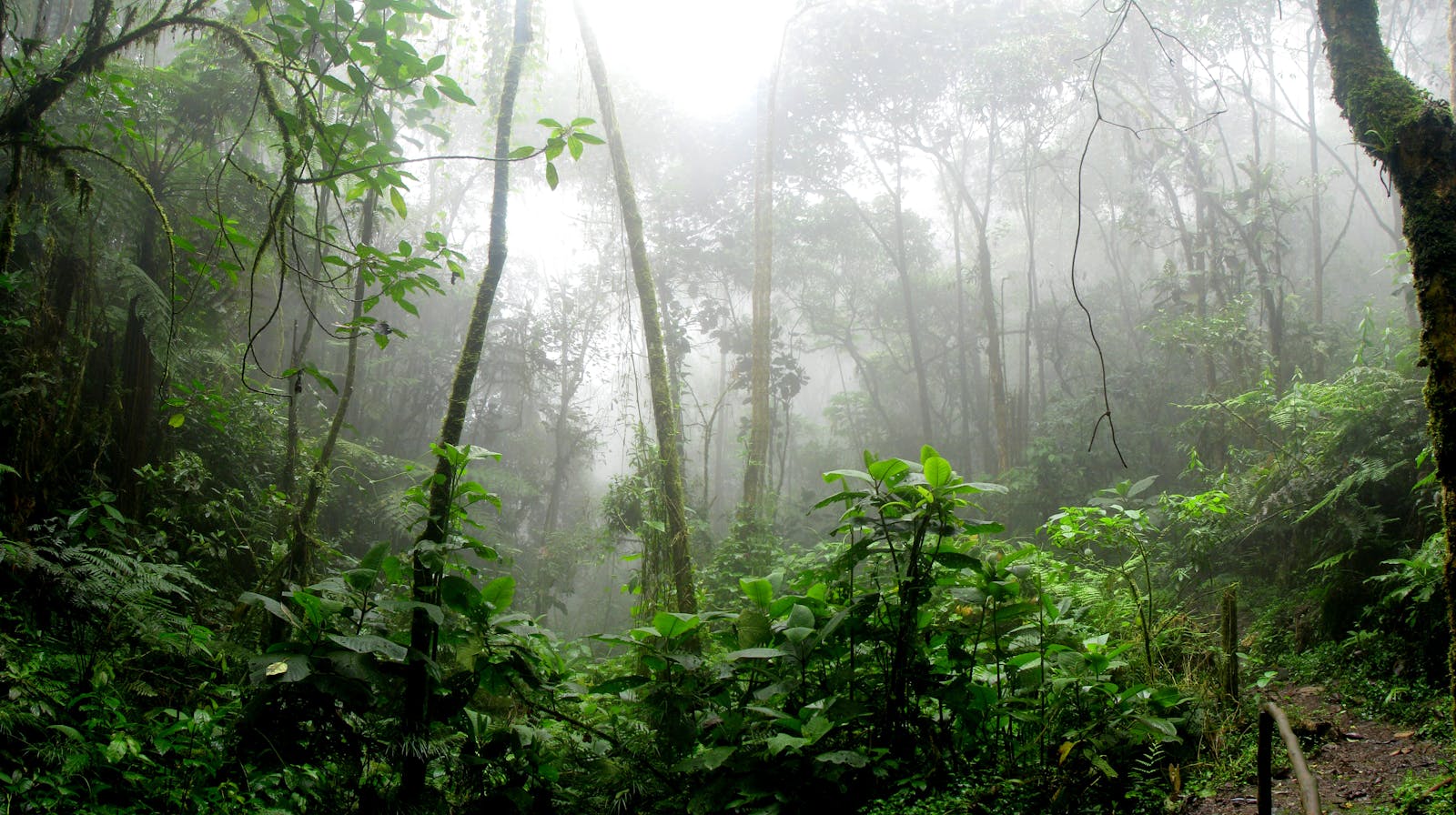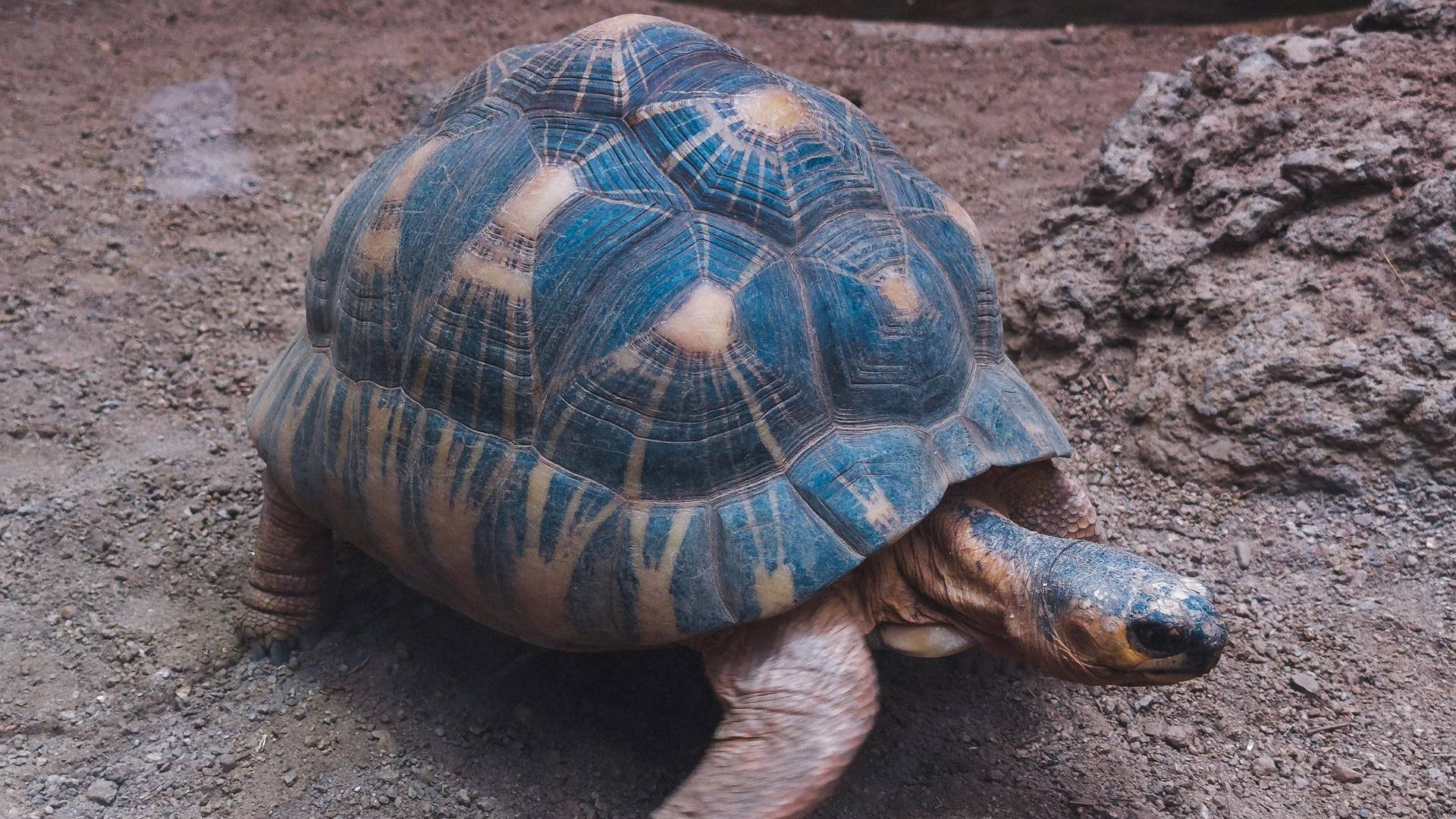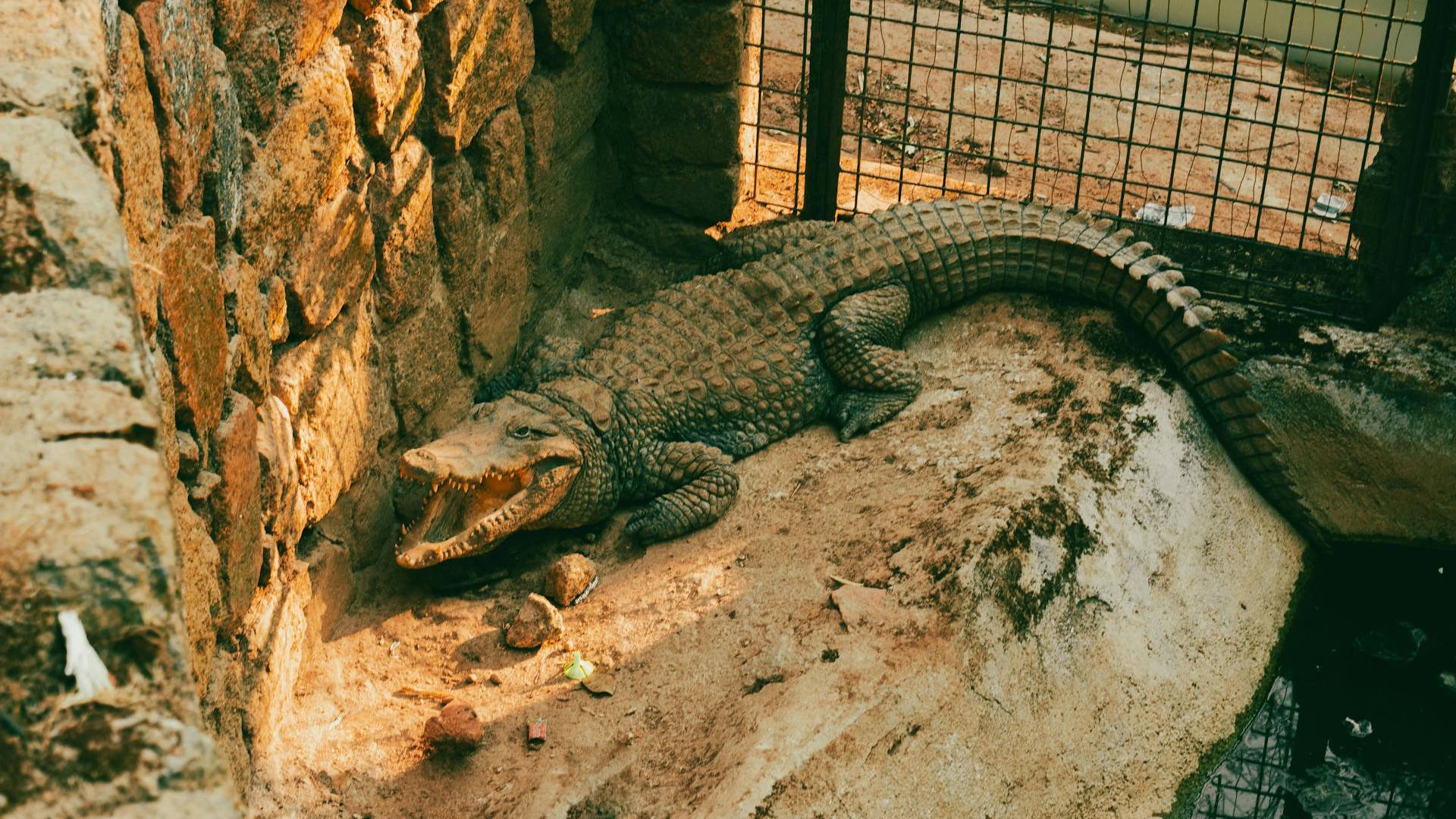Across the globe, forest ecosystems are disappearing at an alarming rate, with devastating consequences for the countless species that call these habitats home. Among the most vulnerable and often overlooked victims are rare reptiles, whose specialized adaptations and limited ranges make them particularly susceptible to habitat loss. From the vibrant emerald tree boas of the Amazon to the elusive leaf-tailed geckos of Madagascar, reptiles face an uncertain future as chainsaws and bulldozers transform their forest homes into agricultural land, timber, and urban developments. This systematic destruction threatens not only individual species but entire ecological networks, triggering cascading effects throughout ecosystems. As we explore the profound impact of deforestation on these remarkable creatures, we uncover both the urgency of the crisis and the critical importance of conservation efforts to protect the world’s rare reptiles before they vanish forever.
The Scope of Global Deforestation
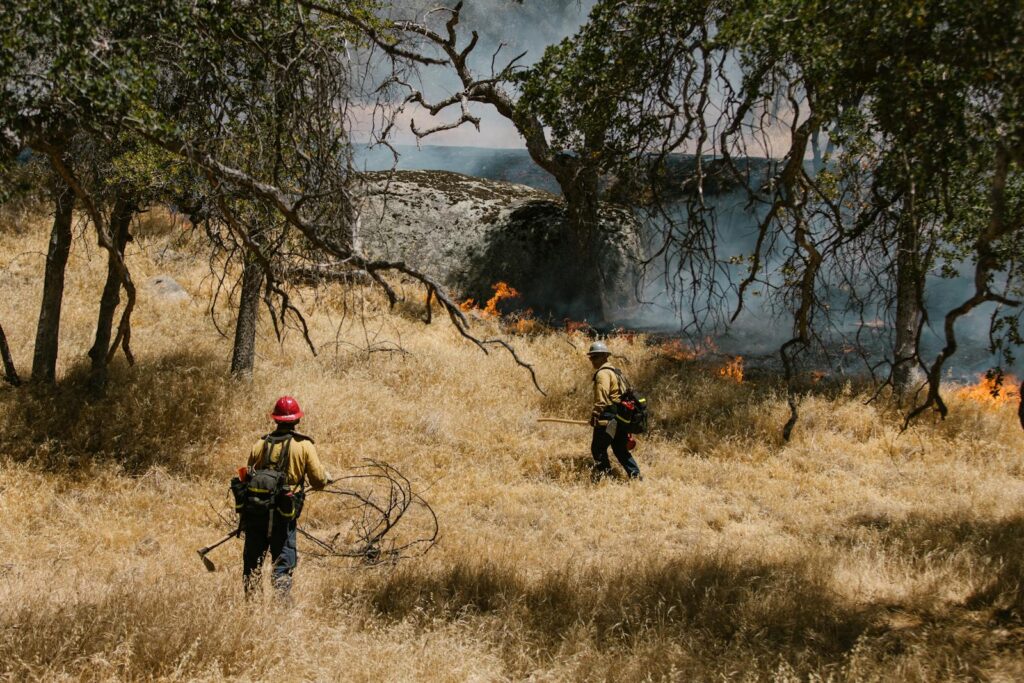
Deforestation continues at a staggering pace, with approximately 10 million hectares of forest lost annually according to the Food and Agriculture Organization of the United Nations. This destruction is particularly concentrated in biodiversity hotspots like the Amazon Basin, Southeast Asian forests, and Central African rainforests—regions that harbor exceptional reptile diversity. Primary drivers include agricultural expansion for crops like soy and palm oil, livestock ranching, logging operations, and infrastructure development. The rate of forest loss has accelerated in many regions despite conservation pledges, with satellite monitoring revealing that some countries have lost over 20% of their forest cover in just the past few decades. This massive habitat transformation represents one of the greatest threats to reptile species worldwide, many of which have evolved specialized traits specifically adapted to the unique conditions of their forest environments.
Reptiles as Specialized Forest Dwellers
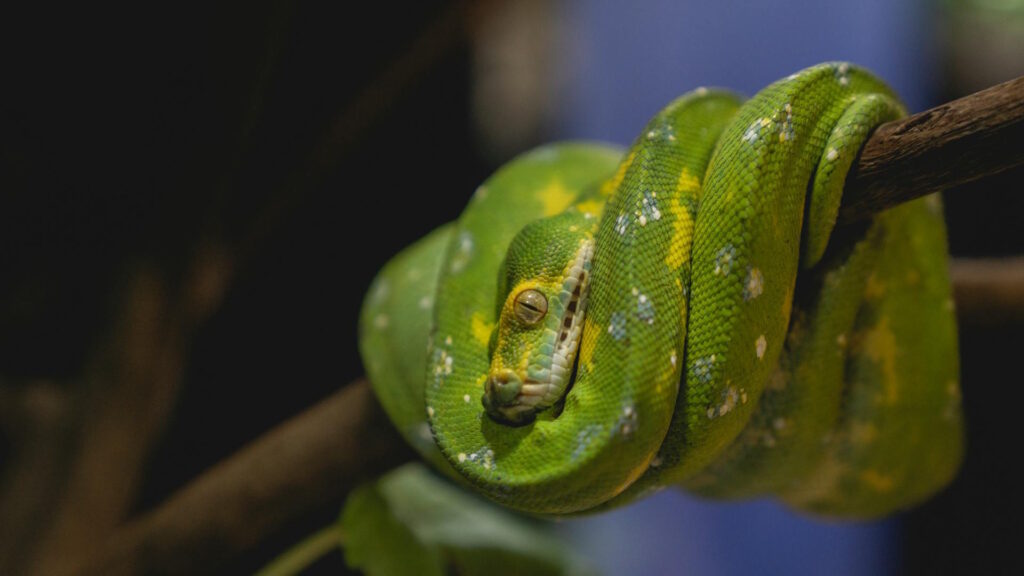
Forest ecosystems provide irreplaceable microhabitats that many reptile species have evolved to depend on over millions of years. Arboreal species like chameleons and tree snakes rely on the complex three-dimensional structure of forest canopies, using branches as highways and hunting grounds. Leaf litter on forest floors creates crucial thermal and humidity gradients that regulate the body temperatures of ground-dwelling reptiles and provides protective cover from predators. Many forest reptiles have developed highly specialized adaptations—camouflage that mimics specific plants, thermal requirements matched to the dappled light of the understory, or diets consisting of forest-dependent prey species. These specializations make forest reptiles particularly vulnerable to deforestation, as they often cannot simply relocate to other habitat types when their forest homes disappear. Unlike more mobile animals, reptiles typically have smaller home ranges and limited dispersal abilities, making them especially susceptible to local extinction when forests are cleared.
Endangered Canopy Specialists

The forest canopy represents one of Earth’s most complex and least-understood habitats, home to numerous rare reptile species that never touch the ground during their lifetimes. The critically endangered Fiji crested iguana, with fewer than 6,000 individuals remaining, faces extinction as Pacific island forests are cleared for tourism development and agriculture. Arboreal species like the beautiful but endangered Boelen’s python of New Guinea depend on intact canopy structure, with research showing these snakes rarely survive in fragmented forest patches. Flying dragons (Draco species) in Southeast Asia glide between trees using specialized skin flaps, a remarkable adaptation rendered useless when forest continuity is broken by clearing. These canopy specialists often disappear first during deforestation because their mobility becomes severely restricted when trees are harvested selectively or forests are fragmented, effectively trapping them in isolated patches from which they cannot escape.
Microhabitat Loss in Forest Understories

The forest understory harbors its own unique reptile communities that face obliteration when forests are cleared. Many rare forest skinks and small terrestrial lizards depend on the specific microclimate created by multiple vegetation layers, where humidity remains high and temperature fluctuations are minimal. The endangered Anderson’s crocodile newt, though technically an amphibian, represents hundreds of forest floor specialists that require the exact conditions provided by intact forest understory for breeding and survival. Research in Central America has documented how deforestation affects the thermal environment by removing shade, causing ground temperatures to increase by up to 4°C—enough to exceed the thermal tolerance of many reptile species adapted to cool forest floors. Even selective logging, which may appear less destructive than clear-cutting, can dramatically alter these microhabitats by changing light penetration, leaf litter depth, and humidity patterns, making forest understories uninhabitable for specialized reptile species.
Madagascar: A Case Study in Reptile Endangerment

Madagascar represents a tragic example of how deforestation threatens unique reptile species found nowhere else on Earth. This island nation has lost approximately 90% of its original forest cover, placing tremendous pressure on its extraordinary reptile diversity, which includes over 420 species with a remarkable 92% endemism rate. The island’s iconic chameleons, including the critically endangered Tarzan’s chameleon which was only discovered in 2009, face imminent extinction as their forest habitats shrink. Unique leaf-tailed geckos (Uroplatus species), masters of camouflage evolved to blend perfectly with specific forest environments, have lost vast portions of their limited ranges to slash-and-burn agriculture and illegal rosewood logging. Conservation biologists working in Madagascar have documented new reptile species even as their habitats disappear—in some cases, species have been scientifically described just years or even months before their forest homes were destroyed. This tragic situation in Madagascar serves as a warning about the irreversible loss of biodiversity that occurs when deforestation ravages areas of high reptile endemism.
Amazonian Reptiles Under Threat
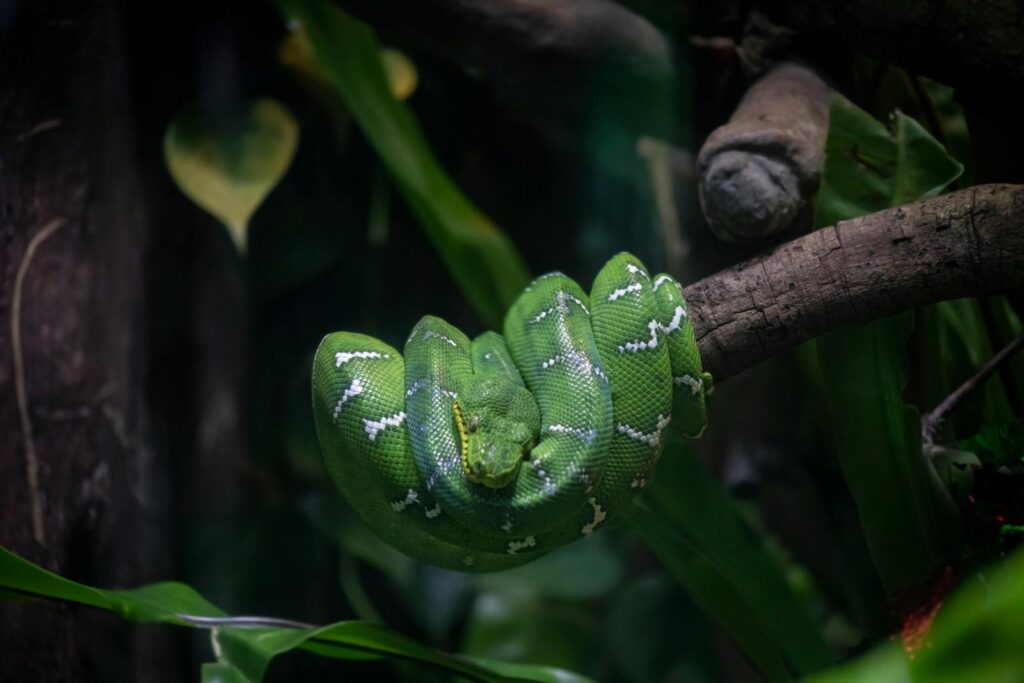
The Amazon Basin contains the world’s largest rainforest and houses incalculable reptile diversity that faces mounting deforestation pressure. Distinctive species like the Amazon basin emerald tree boa, whose specialized heat-sensing pits and arboreal adaptations evolved specifically for hunting in rainforest environments, lose their ecological niche when forests are converted to cattle pasture. The bushmaster, South America’s largest venomous snake, requires undisturbed rainforest with specific humidity and prey populations, making it especially vulnerable to forest clearing. Recent studies have revealed numerous previously unknown reptile species in areas now slated for agricultural expansion or dam construction. Accelerating deforestation rates in Brazil, Peru, Bolivia, and Colombia directly threaten these species, with satellite monitoring showing that some Amazon regions lost over 20% of their forest cover in just the last decade. Even protected areas face encroachment from illegal activities, placing additional pressure on rare reptiles that scientists are still in the process of documenting and understanding.
Forest Fragmentation and Edge Effects
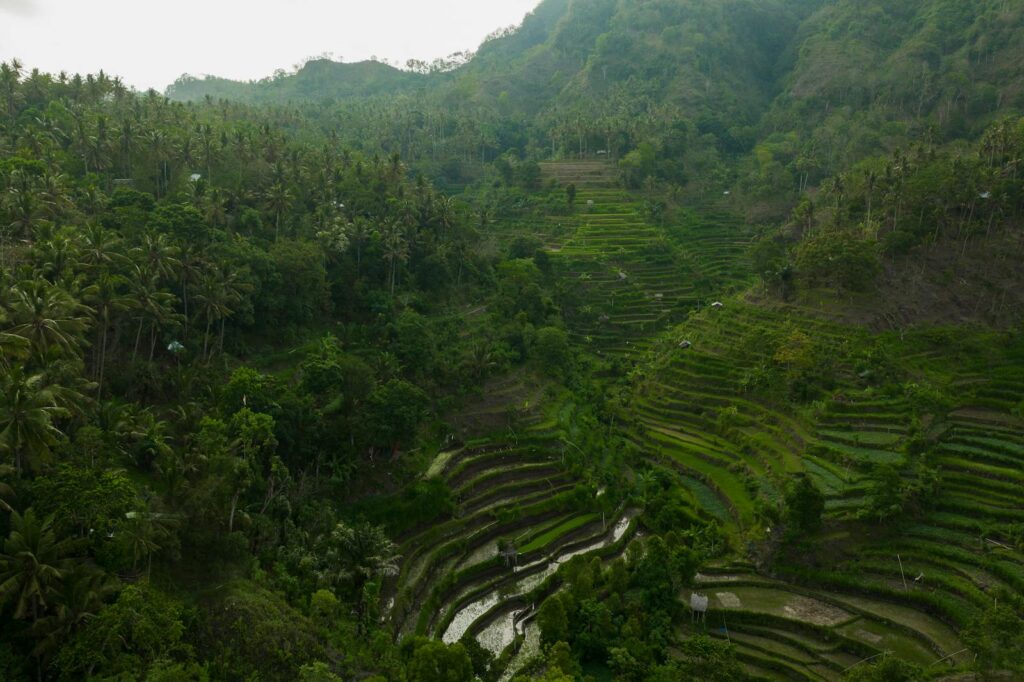
Deforestation rarely occurs as a single clear-cut event across an entire landscape; more commonly, it creates a patchwork of forest fragments surrounded by converted lands, with devastating consequences for reptile populations. These forest fragments suffer from “edge effects”—physical and biological changes that penetrate up to several hundred meters into the remaining forest, creating hotter, drier, and windier conditions than those found in intact forest interiors. Studies in Brazil’s Atlantic Forest have shown that specialized reptile species disappear from fragments smaller than 25 hectares, while only generalist species persist in heavily fragmented landscapes. The altered microclimate at forest edges can disrupt reptile reproduction, as many species have temperature-dependent sex determination that becomes skewed in warmer edge habitats. Fragmentation also isolates reptile populations, preventing gene flow and increasing vulnerability to disease, predation, and stochastic events that can drive local extinctions. These edge effects mean that the impact of deforestation on reptiles extends far beyond the directly cleared areas, multiplying the ecological damage across landscapes.
Disruption of Reptile Life Cycles
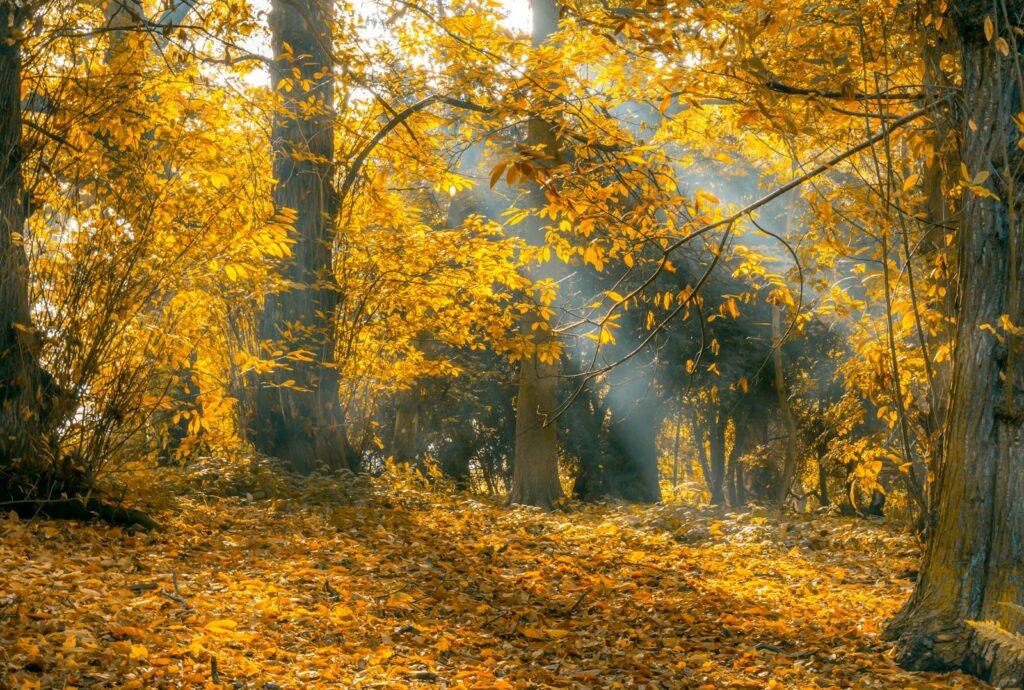
Deforestation interferes with critical stages in reptile life cycles, often in ways that aren’t immediately apparent but lead to population collapse over time. Many forest reptiles have evolved precise breeding seasons timed to coincide with specific forest conditions, such as seasonal fruit availability that attracts prey or particular temperature and humidity ranges required for egg development. The rare king cobra, Asia’s longest venomous snake, builds specialized nests of forest leaf litter that maintain precise incubation conditions—a behavior rendered impossible when forests disappear. Numerous lizard species rely on rotting logs for egg deposition sites, a microhabitat eliminated during logging operations. Research on the Fiji banded iguana demonstrated that females abandoned traditional nesting sites after nearby forest clearing altered local conditions, resulting in reproductive failure. These disruptions to reproduction and early life stages can cause population declines even in areas where adult reptiles initially persist, creating an extinction debt that manifests years after the original deforestation event.
Secondary Threats Following Deforestation
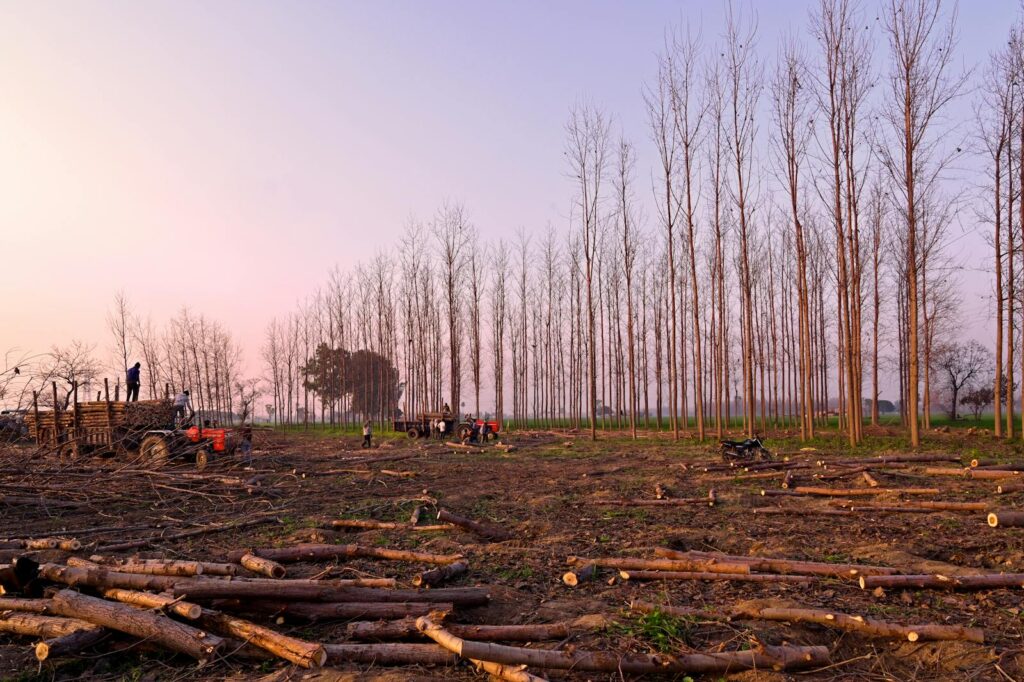
Deforestation unleashes a cascade of secondary threats that compound the direct habitat loss experienced by forest reptiles. Newly accessible forest areas face increased hunting and collection pressure, with rare reptiles often targeted for the exotic pet trade or traditional medicine. The Chinese crocodile lizard, already suffering from habitat loss throughout its range in southern China and northern Vietnam, faces additional collection pressure from wildlife traffickers who use logging roads to access previously remote populations. Pesticide runoff from agricultural lands established on former forest sites contaminates adjacent waterways, poisoning semi-aquatic reptiles like the endangered Big-headed turtle. Invasive species often proliferate in disturbed forest landscapes, outcompeting native reptiles for resources or directly preying upon them. Fire risk increases dramatically in deforested landscapes and degraded forest fragments, creating a threat that most forest reptiles have no evolutionary history of surviving. These secondary impacts mean that even when small forest patches remain, they may become ecological traps where reptile populations cannot persist long-term.
Climate Change Amplification

Deforestation and climate change interact in complex ways that create particularly severe threats for forest reptiles. Forests regulate local climate conditions, maintaining humidity levels and buffering temperature extremes that many reptile species depend on for survival. When forests are removed, local temperatures can increase by 2-4°C, pushing conditions beyond the physiological tolerances of specialized reptiles. Climate change compounds this effect, creating conditions that many forest reptiles cannot adapt to quickly enough. Research on the tuatara, a unique reptile from New Zealand that retains many primitive characteristics, shows that rising temperatures in deforested areas skews hatchling sex ratios dramatically toward males, threatening population viability. Forest clearing eliminates potential climate refugia—areas with microclimate conditions that might otherwise allow reptiles to persist as regional climates warm. The combination of deforestation and climate change represents a “perfect storm” for many rare reptiles, as it simultaneously destroys their habitat while altering environmental conditions beyond what they can tolerate.
Conservation Success Stories

Despite the grim outlook, targeted conservation efforts have demonstrated that deforestation threats to rare reptiles can be mitigated through effective intervention. The Union Island gecko, a critically endangered species restricted to just 50 hectares of forest in the Caribbean, has benefited from a comprehensive conservation program combining habitat protection, local community engagement, and anti-poaching measures. In Australia, detailed habitat requirement studies of the endangered broad-headed snake led to modified forestry practices that preserve critical rock outcrop habitats within timber production areas. Community-based conservation initiatives in Madagascar have successfully reduced deforestation pressures in key areas harboring endemic chameleons and other rare reptiles by developing sustainable livelihoods that depend on intact forests. The establishment of well-managed protected areas has proven effective when combined with robust enforcement and local stakeholder involvement, as seen in Costa Rica’s successful forest restoration efforts that have benefited numerous reptile species. These success stories provide important models for scaling up conservation efforts to address deforestation threats to reptiles globally.
Research Challenges and Knowledge Gaps
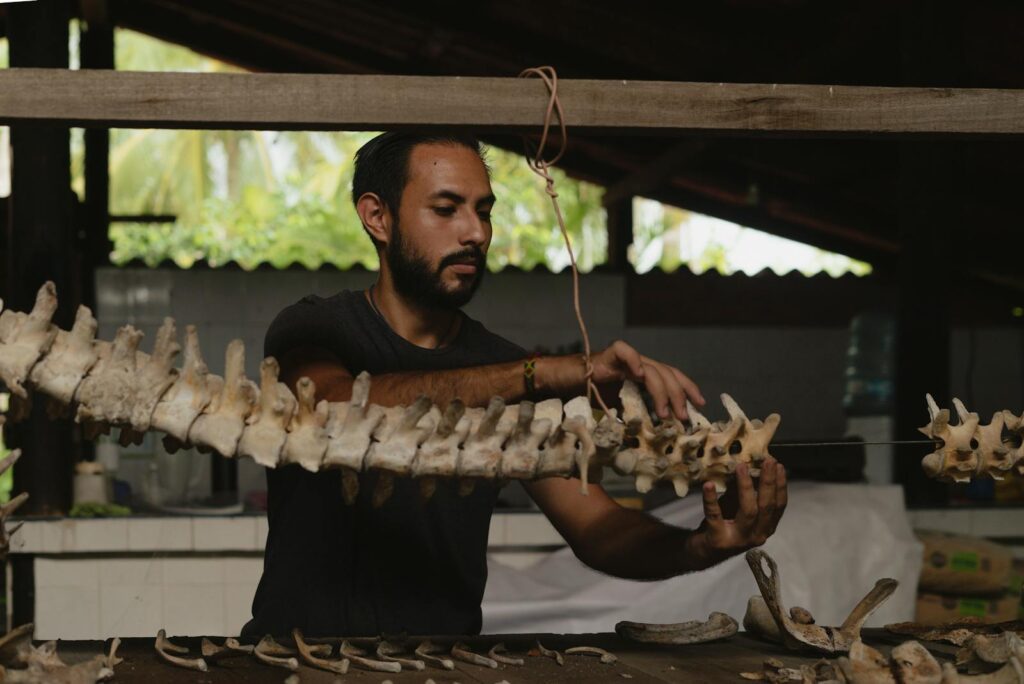
Effective conservation of forest reptiles faces significant challenges due to substantial knowledge gaps and research limitations. Many forest reptiles remain poorly studied or entirely unknown to science, with new species regularly discovered in threatened forest regions—often just before or even after their habitats are destroyed. Basic ecological information is lacking for numerous described species, including habitat requirements, population sizes, reproductive rates, and dispersal capabilities that would inform conservation planning. Monitoring reptile populations presents unique challenges due to their cryptic nature, often low densities, and the difficult terrain of many forest habitats. Funding for reptile research and conservation lags far behind that dedicated to more charismatic mammals and birds, despite reptiles facing equal or greater threats. The rapid pace of deforestation often outstrips researchers’ ability to document biodiversity before it disappears, creating a race against time to understand forest reptile ecology and implement effective conservation measures. Addressing these knowledge gaps represents a critical component of efforts to protect rare reptiles from deforestation impacts.
Sustainable Solutions and Future Outlook
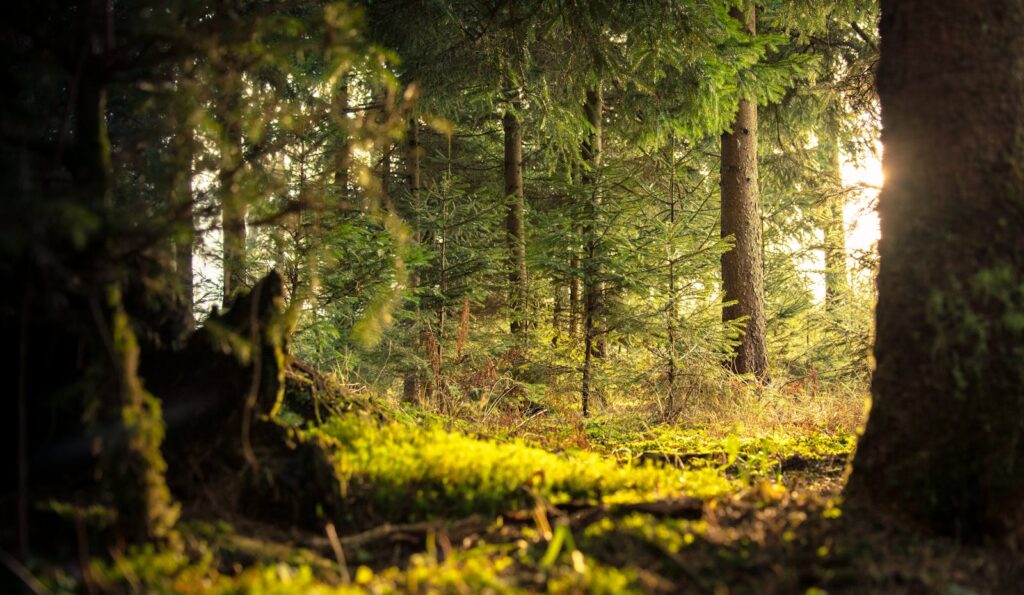
Protecting rare reptiles from deforestation requires multifaceted approaches that address the root causes of forest loss while implementing targeted conservation measures. Sustainable forestry practices, including reduced-impact logging and certification programs, can maintain forest structural complexity essential for many arboreal reptiles while still providing timber products. Creating economic incentives for forest conservation through carbon offset programs, ecotourism focused on reptile diversity, and sustainable forest product harvesting can provide alternatives to destructive land uses. Stronger regulatory frameworks and enforcement mechanisms are needed in many tropical countries where rare reptiles face the greatest deforestation threats. Habitat connectivity initiatives, including forest corridors connecting protected areas, can counteract fragmentation effects and allow reptile populations to maintain genetic exchange. Incorporating reptile conservation needs into broader landscape planning represents a crucial step toward ensuring these animals maintain viable populations into the future. While the challenges are substantial, combined approaches that integrate policy, economics, community engagement, and science offer the best hope for preserving the extraordinary diversity of forest reptiles for future generations.
Conclusion
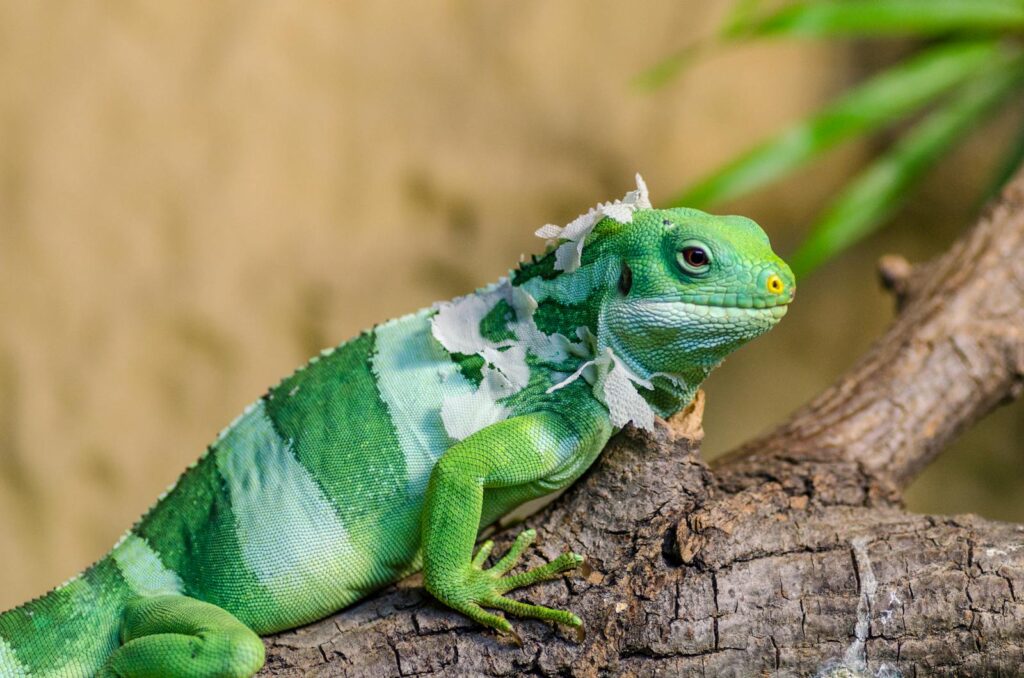
The destruction of forest habitats represents perhaps the most significant threat facing rare reptiles today. As we have seen, these remarkable creatures—from canopy-dwelling chameleons to forest floor specialists—have evolved intricate relationships with their forest environments over millions of years. Their specialized adaptations make them particularly vulnerable to the sweeping habitat changes brought by deforestation. The consequences extend beyond the immediate habitat loss to include fragmentation effects, disrupted life cycles, increased exploitation, and intensified climate impacts.
However, targeted conservation initiatives have demonstrated that effective protection is possible when science, policy, community engagement, and sustainable economic alternatives work in concert. The fate of countless rare reptile species now hangs in the balance, dependent on our collective will to value and protect the forest ecosystems they call home. As we face critical decisions about land use and conservation priorities in the coming decades, the continued existence of these ancient and remarkable creatures will serve as one measure of our success in building a more sustainable relationship with the natural world.

